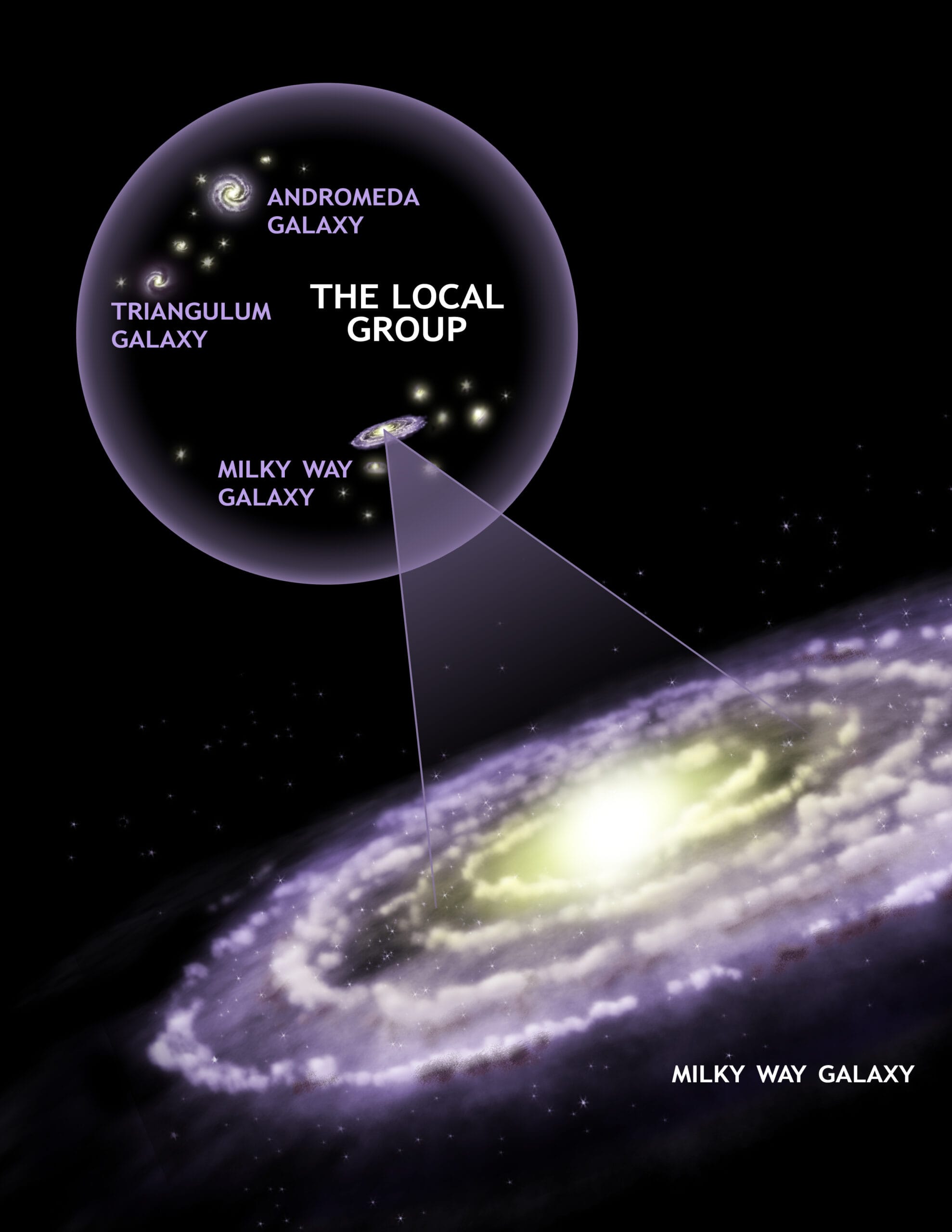The universe is vast, holding mysteries that continue to stretch the boundaries of human comprehension. Among its boundless wonders stands Quipu, the recently discovered and largest known structure in the observable cosmos. Named after the traditional Incan system of knotted cords used for recording data, Quipu not only manifests astounding dimensions but also serves as a key to decoding cosmic evolution on the largest scale.
The discovery of Quipu emerged from a comprehensive astronomical study using state-of-the-art observational tools and data processing systems. It is a superstructure of incomprehensible magnitude, stretching roughly 1.3 billion light-years across, a scale that defies ordinary human experience. With an estimated mass of 200 quadrillion solar masses, Quipu contains approximately 13% of the observable universe’s volume. It is composed of myriad galaxy clusters interconnected through threads of cosmic matter, resembling the intricate designs of its namesake.
Cosmic superstructures like Quipu are not independent entities, but rather complex arrangements of matter shaped by the gravitational forces over billions of years. They are characterized by a cosmic web, where galaxies, stars, and planets are organized along expansive filaments, surrounding massive voids. What makes Quipu unique is its unparalleled size. Compared to other known cosmic entities, Quipu establishes itself as an outlier in the conventional understanding of cosmic scales.
Quipu’s discovery holds immense implications for cosmology. It challenges existing theories about the distribution of matter in the universe and the formation of large-scale structures following the Big Bang. Current models describe a relatively uniform universe molded by gravity and dark matter. The sheer size of Quipu, however, calls for a recalibration of assumptions. Astronomers speculate that such an enormous entity could be evidence of intricate processes dictated by dark matter and dark energy, which together constitute about 95% of the universe’s content.
The path to unveiling Quipu required advanced astronomy facilities capable of mapping vast stretches of the universe. Surveys across varying wavelengths, coupled with computational modeling, traced the gravitational imprint and light emissions of the galaxy clusters comprising the structure. This painstaking work underscored the significance of collaboration in cosmological research. Institutions worldwide pooled their expertise and technical capabilities, exemplifying a united effort to probe the universe’s ultimate frontiers.
Understanding Quipu also necessitates placing it in a cosmic context. The universe hosts other renowned superstructures like the Hercules-Corona Borealis Great Wall and the Shapley Concentration, both awe-inspiring in scale but dwarfed by Quipu’s remarkable measurements. Interestingly, Quipu shares its neighborhood with four other superstructures identified in the same study, which collectively account for about 45% of galaxy clusters and 30% of galaxies recorded in the local universe.
Despite its scientific importance, Quipu’s discovery also draws attention to the philosophical and cultural dimensions of space exploration. Naming this superstructure after the Incan recording system hints at the universality of human curiosity across time and cultures. The Incans, much like modern astronomers, used the Quipu to decode and organize their world. By christening this cosmic entity as Quipu, astronomers bridge millennia of intellectual effort in grappling with the vast unknown.
As we continue to chart the universe, Quipu symbolizes a turning point in humankind’s quest for understanding our ultimate origins and the underlying fabric of reality. Future explorations and analyses will not only refine the scope and nature of this discovery but may also spur revolutionary breakthroughs in the study of cosmology and astrophysics.
At its core, the revelation of Quipu reiterates the boundless curiosity that propels science forward. In uncovering these celestial marvels, humanity extends its reach ever farther into the infinity of space, seeking answers to questions as old as time itself. The specifics of Quipu may still be unraveling, but its discovery has already made an indelible mark on our cosmic journey.



